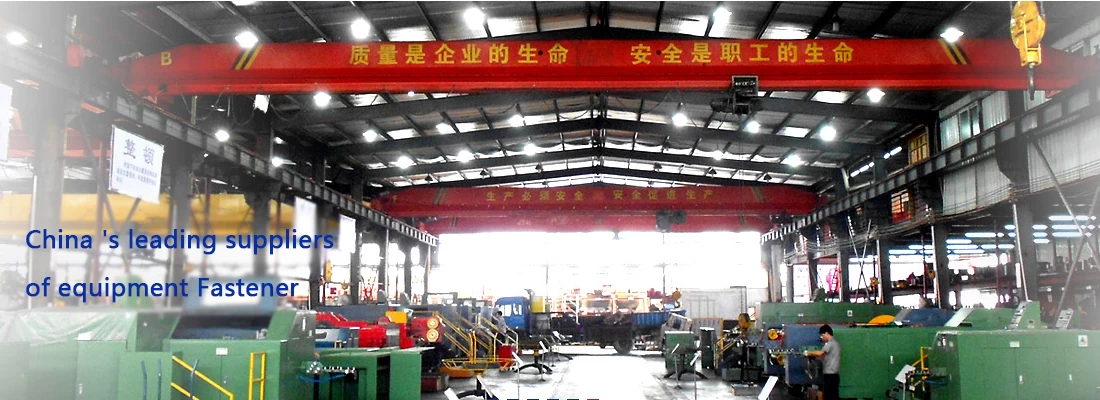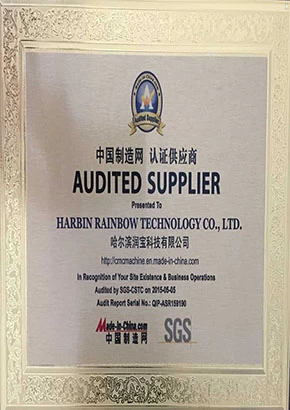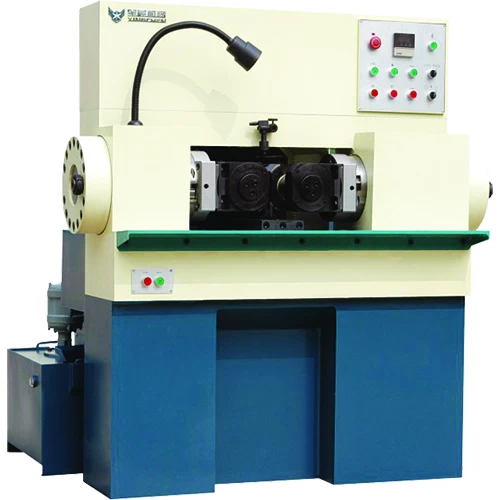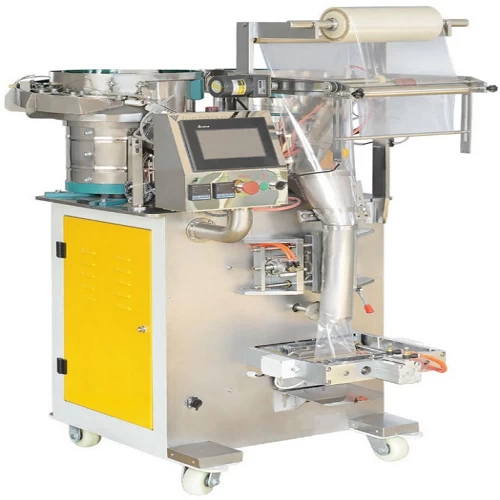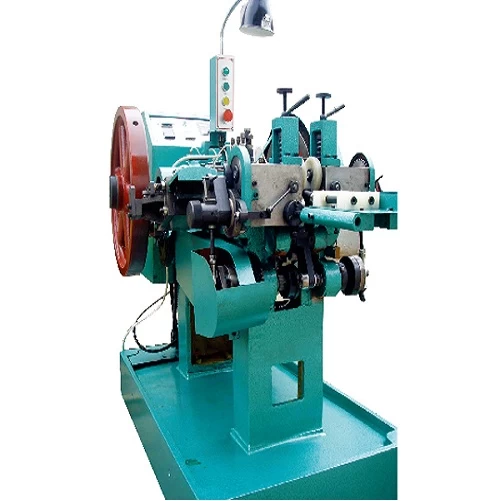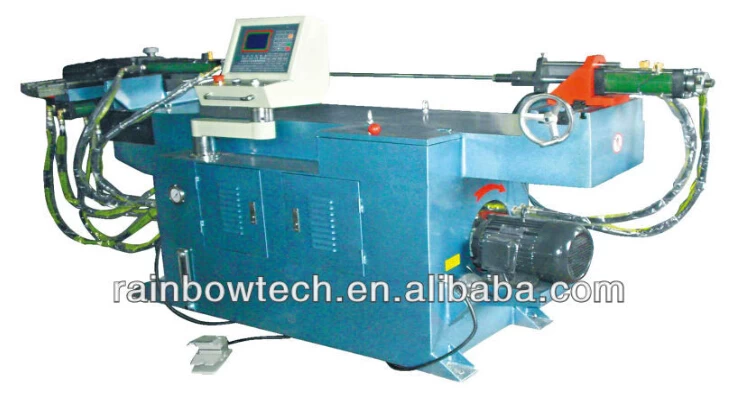What are main methods of fasteners surface treatmnet
Surface treatments for fasteners include various processes to improve their corrosion resistance, wear resistance, lubrication, and aesthetic appearance. Here are some common surface treatment techniques for fasteners:
-
Galvanizing: Immersing the fasteners in a hot-dip zinc bath to form a protective zinc layer, enhancing corrosion resistance. Common methods include electroplating and hot-dip galvanizing.
-
Nickel plating: Electroplating the fastener surface with nickel to improve corrosion resistance and wear resistance.
-
Phosphating: Treating the fastener surface with phosphating solutions to form a phosphate film, increasing friction coefficient and lubrication.
-
Passivation: Applying a passivation treatment to form an oxide film on the fastener surface, enhancing corrosion resistance.
-
Carburizing: Heating the fasteners to high temperatures in a carbon-rich environment, increasing surface carbon content to improve hardness and wear resistance.
-
Coating: Applying coatings or paints to the fastener surface, improving appearance, corrosion resistance, and reducing friction.
-
Nitriding: Exposing fasteners to nitrogen-rich atmospheres, forming a nitride layer through nitridation reaction, enhancing hardness and wear resistance.
These processes can be selected and combined based on the specific requirements and types of fasteners.







